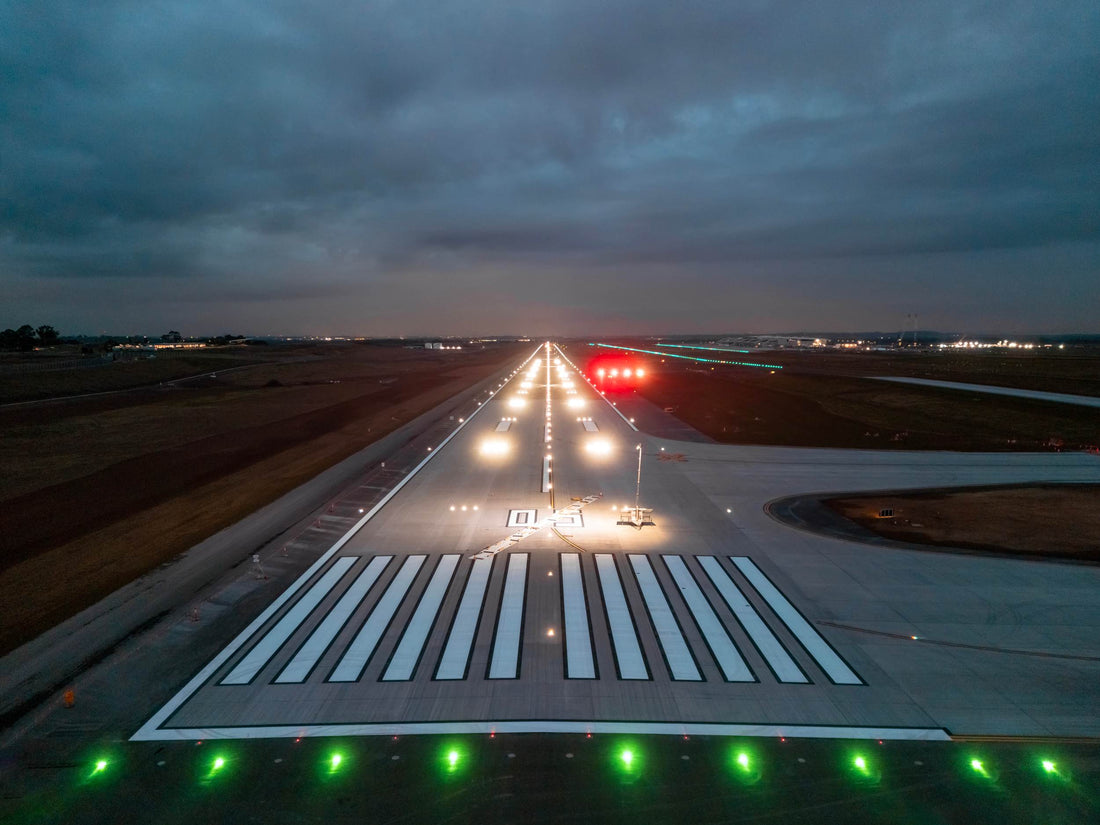
Minister Okays Western Sydney Airport Preliminary Airspace and Flight Paths
Share
Minister for Infrastructure, Transport, Regional Development and Local Government, Catherine King, has authorised the preliminary airspace and flight paths for Western Sydney International Airport (WSI) that is due to open in 2026.
The minister says she has imposed a number of additional measures to ensure the impact on residents and the environment is minimised. This includes a ministerial directive to Airservices Australia to prioritise Reciprocal Runway Operations as the default operating mode at night, including the use of a specific Noise Abatement Procedure, when both safe to do so.
“This will achieve the overall lowest possible impact on surrounding communities, and will direct aircraft away from the Blue Mountains, Wallacia, and the most heavily populated areas of Western Sydney at night,” King said.
Western Sydney Airport is on track to open in late 2026 and unlike Sydney’s Kingsford Smith Airport (SYD), will operate around the clock.
The authorisation also incorporates recommendations by the Minister for Environment that the airport lessee company, WSA Co, establish an environmental monitoring program to monitor the impacts of aircraft noise within and adjacent to the Greater Blue Mountains Area.
A community engagement forum will also be established to monitor and resolve aircraft noise and flight path issues during the early years of operation.
Western Sydney Airport will be able to handle 10 million passengers annually once it opens. By 2050, the government expects a second parallel runway to be built and the terminal to be considerably expanded, allowing the airport to handle about 82 million passengers a year.
The initial 3.7 kilometre runway, already built, is capable of handling any aircraft, including the A380-800.
Qantas, Jetstar, and Singapore Airlines have all committed to Western Sydney Airport. Qantas and Jetstar will be the first to operate domestic flights, with Singapore Airlines being the first international carrier to confirm flights. Other airlines will follow, including cargo airlines who will utilise the around the clock capability and expansive space for infrastructure.
“This is a long-term project,” said King. “Air traffic won’t pick up for some time, but these conditions, along with relevant environmental requirements, mean that we are balancing the growth of the airport, with the needs of the communities on the ground.”
The authorisation follows extensive community consultation to ensure potential impacts were transparent and communities were well placed to understand and engage, including through more than 50 in-person and online information sessions across Greater Sydney.
Public feedback from these consultations as well as the 8,400 submissions to the draft environmental impact statement.
Public feedback from these consultations as well as the 8,400 submissions to the draft EIS have informed the additional measures attached to this decision.
You can download the Western Sydney Airport environmental impact documents here.
